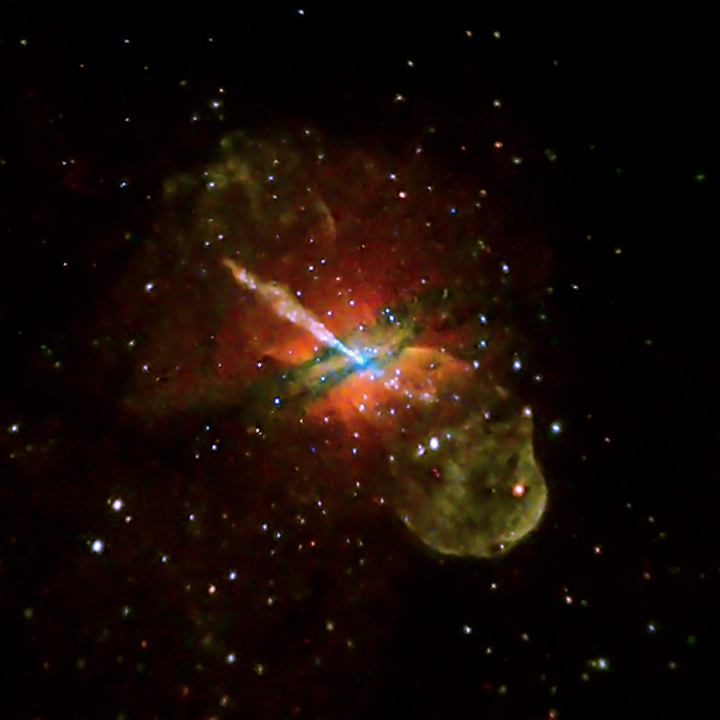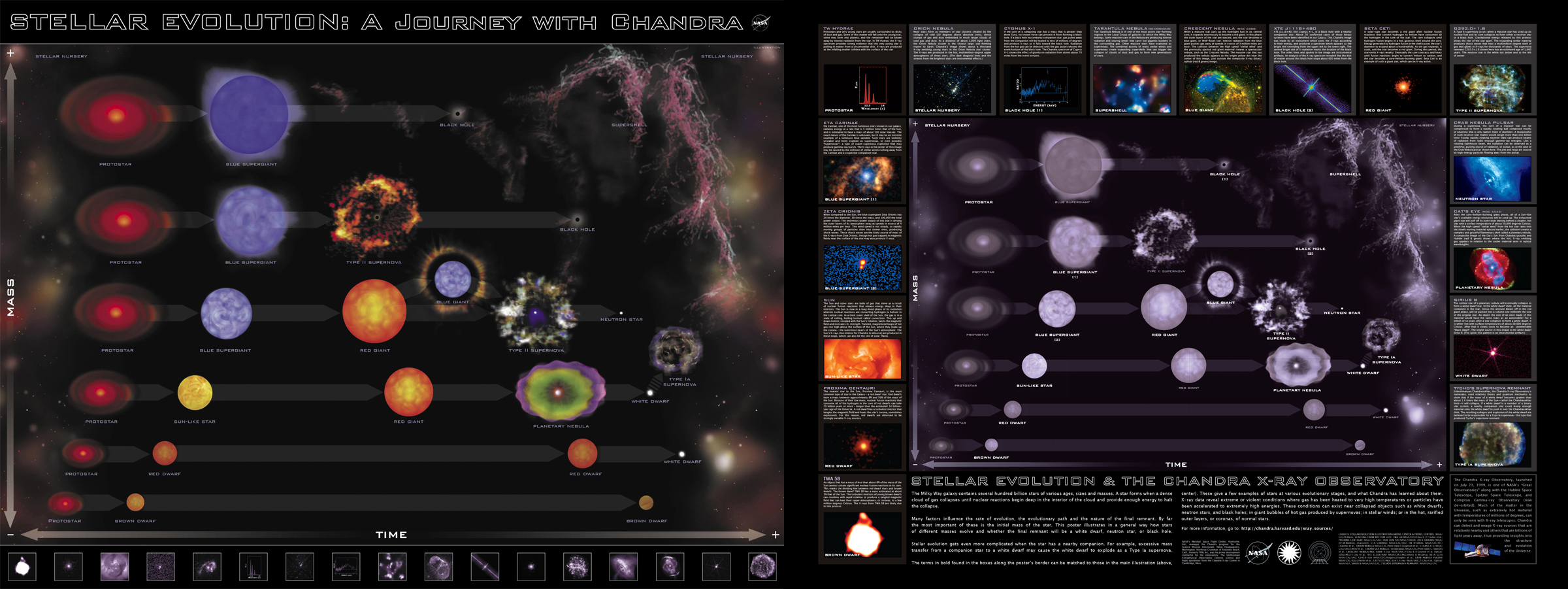NASA Develops Interstellar Network
By Kevin Parrish, November 21, 2008
 • Constellation Program: First Flight Delayed To 2014
• Constellation Program: First Flight Delayed To 2014Although having an Interplanetary Internet in space seems like something that should already be in place, apparently NASA is just now getting around to it after ten years of development. However, the first "deep space internet" isn’t a way for astronauts to stream videos from YouTube despite its Internet-based roots... at least, not yet. In fact, according to NASA, the TCP/IP protocol would break down because of long distances in space.
For this reason, NASA has created a new protocol: Disruption-Tolerant Networking (DTN) in order for spaceships to communicate with each other even when they’re too far away to keep a constant connection alive. Instead of discarding packets of information if the destination cannot be reached, the nodes using the DTN protocol actually stores information until the recipient computer comes back online, or the node might find another computer to hold the information until the recipient returns in order to keep the information moving.
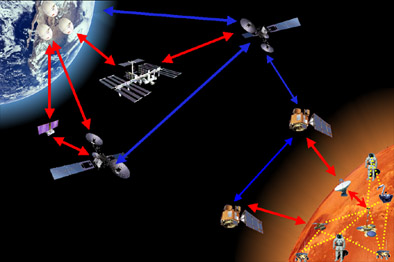 • Interplanetary Internet links (more)
• Interplanetary Internet links (more)NASA compares this protocol to basketball players passing the ball to the closest player until the data is "slam dunked" into its final destination. "It’s like the Internet, only the Internet assumes basically everything’s connected and there aren’t a lot of delays," said Jay Wyatt, manager of the Space Networking and Mission Automation Program office at NASA’s Jet Propulsion Laboratory in Pasadena, Calif. "The Internet model kind of breaks down in deep space." Recently NASA completed a month-long experiment of the new protocol using the just-launched Epoxi spacecraft located around 20 million miles from Earth, posing as a Mars data-relay orbiter. The test also included nine computers planted firmly at JPL that emulated simulate Mars landers, orbiters and ground mission-operations centers; the DTN network ultimately consisted of ten nodes total.
NASA hopes to alleviate the manual labor associated with current communications to and from earth, creating a more automated environment that should make life much easier for both mission control and astronauts. "In space today, an operations team must manually schedule each link and generate all the commands to specify which data to send, when to send it, and where to send it," said Leigh Torgerson, manager of the DTN Experiment Operations Center at JPL. "With standardized DTN, this can all be done automatically." The project began ten years ago as a joint development partnership between NASA and the now-vice president of Google, Vint Cerf, who coincidentally actually co-designed the original TCP/IP protocol. The goal was to create an Interplanetary Internet that must endure disruptions, long delays and disruptions due to the nature of space.
The Interplanetary Internet is expected to ease the management of multiple vehicles - landed, mobile and orbiting - during complex missions. There’s no doubt that NASA plans to have the network loaded and primed by the time NASA heads out to Mars. However, for now, the month-long experiment, which just concluded, is but one of many NASA plans to conduct over the next few years. The next step is to load the protocol software into International Space Station computers next summer. If successful, perhaps astronauts can finally stream ALIEN or 2001: A Space Odyssey into the ISS lounge.
___
Related Articles:
 • Stratford.edu: Origin of the Internet. As Viewed by its Creators
• Stratford.edu: Origin of the Internet. As Viewed by its CreatorsBBC News: The Internet reaches out to final frontier » Audio: Vint Cerf on how to take the Web into space
- A programme to kick-start the use of internet communications in space has been announced by the US government. The Department of Defense's Iris project will put an internet router in space by the start of 2009. It will allow voice, video and data communications for US troops using standards developed for the internet. Eventually Iris could extend the net into space, allowing data to flow directly between satellites, rather than sending it via ground stations. "Iris is to the future of satellite-based communications what Arpanet was to the creation of the internet in the 1960s," said Don Brown, of Intelsat General, one of the companies who will build the platform. Arpanet (Advanced Research Projects Agency Network), the predecessor of the internet, was developed by the United States Department of Defense. MORE » Related Blog
 • Space: Intelsat To Test Internet Routing In Space For The US Military
• Space: Intelsat To Test Internet Routing In Space For The US Military• Space.qinetiq.com: Integration of Russian Satellite Data Information Resources with the global network of Earth Observation information Systems (IRIS)
IT News: How The Internet Could Go From Cyberspace To Outer Space
- The US military is to trial putting internet routers into orbit in an experiment that could have important implications for civilian applications. The internet routing in space (IRIS) project will be run over three years in conjunction with Cisco and Intelsat. The system will carry network services for voice, video and data communications, enabling military units or allied forces to communicate with one another using internet protocol and existing ground equipment. MORE »


 (
(
 • Satelitte:
• Satelitte:  •
• 
 •
• 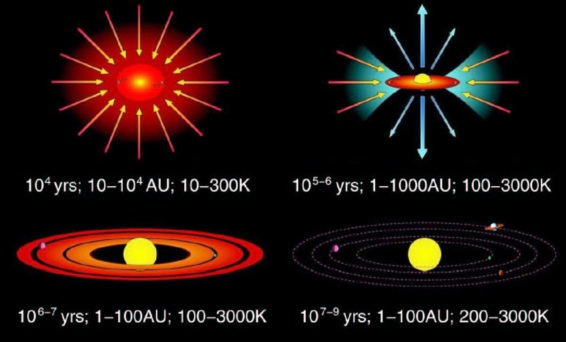
 • ESO:
• ESO: 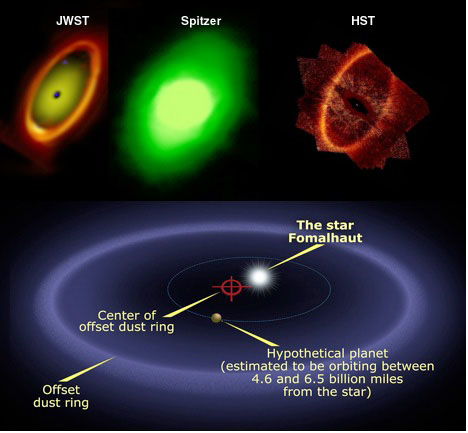 •
•  »
» 

 •
•  »
»  • Photos:
• Photos:  »
»  • ESA:
• ESA: 
 •
•  •
• 